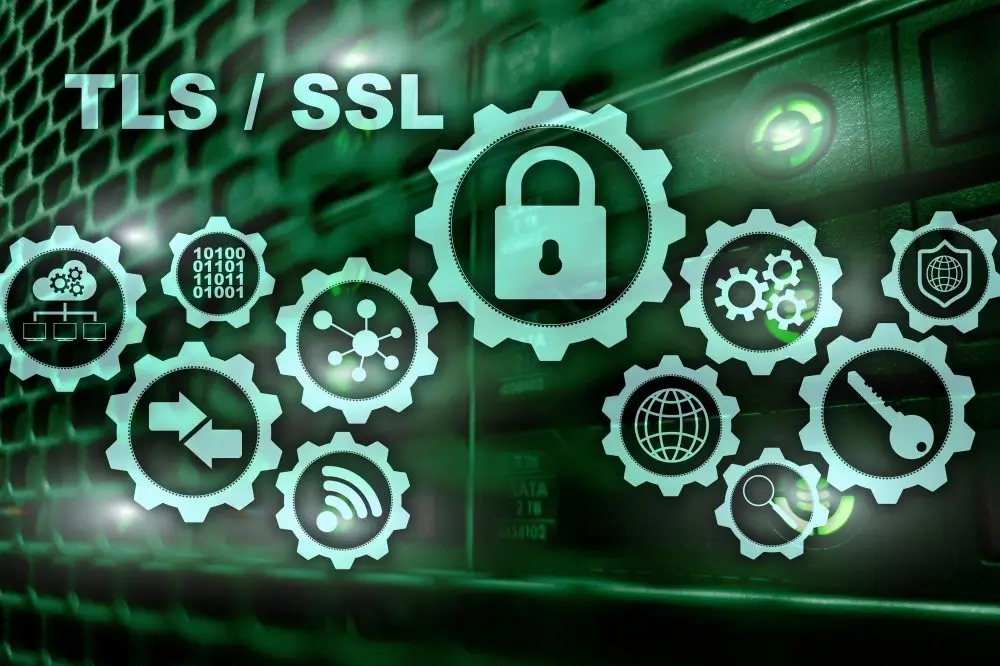As the internet continues to grow and evolve, website security remains a critical concern for businesses and individuals alike. Secured websites are essential for protecting sensitive data, maintaining user trust, and preventing cyber attacks. In this article, we’ll explore ten essential steps to developing secured websites with a focus on key aspects like Website Monitoring, and the intersection of Website Performance and Security.
Conduct a Risk Assessment
Before you can secure your website, you need to understand the potential risks and vulnerabilities. Conduct a thorough risk assessment to identify areas of weakness and evaluate the impact of potential threats. This process will help you prioritize security measures and ensure that you’re addressing the most critical risks first.
Choose a Secure Hosting Provider
Your website’s hosting provider plays a critical role in its security. Research and select a reputable hosting provider that offers robust security features and regular backups. Look for providers that offer SSL/TLS encryption, firewalls, intrusion detection, and other security measures to protect your website from attacks.
Implement SSL/TLS Encryption

Secure Socket Layer (SSL) or Transport Layer Security (TLS) encryption is essential for securing sensitive data transmitted between your website and users. Install an SSL/TLS certificate to enable secure communication and protect against eavesdropping and data theft. A digital certificate provides a level of security that Internet users have come to expect from secure websites. Check out website security trends for a detailed understanding of innovations in website security, including the use of encryption algorithms, multi-domain SSL certificates, client certificates, and security services.
Keep Software Up to Date
Outdated software is a common entry point for cyber attacks. Regularly update your website’s content management system (CMS), plugins, and themes to patch security vulnerabilities and protect against exploits. Hackers are always looking for new vulnerabilities to exploit, so keeping your software up to date is critical for maintaining secured websites.
Use Strong Passwords and User Authentication
Weak passwords are another common entry point for cyber attacks. Enforce complex passwords for all user accounts, and implement two-factor authentication for added security. Two-factor authentication requires users to provide two forms of identification before accessing their accounts, making it much more challenging for hackers to gain unauthorized access. Common passwords are easily guessed by hackers, so it’s essential to use strong passwords that are difficult to guess.
Secure File Uploads and Downloads
Allowing users to upload files to your website can be a significant security risk. Validate and sanitize user-uploaded files to prevent malicious code execution, and restrict file types and sizes to minimize security risks. Similarly, ensure that any files available for download from your website are scanned for viruses or malware before being made available to users.
Implement Web Application Firewall (WAF)
A web application firewall (WAF) provides an additional layer of protection against cyber attacks. Set up a WAF to filter out malicious traffic and prevent attacks. Monitor and block suspicious activities in real time. This is especially important for protecting against types of attacks such as Distributed Denial of Service (DDoS) attacks.
Regularly Backup Your Website

Creating automated backups of your website’s files and databases is essential for quick recovery in case of a cyber security incident. Choose a reliable backup method such as daily backup or continuous site monitoring. Store backups securely to ensure that they’re available when needed.
Perform Regular Security Audits
Conduct periodic security audits to identify vulnerabilities and test for common web application vulnerabilities like cross-site scripting (XSS) and SQL injection. Use a security checklist to ensure that you’re covering all the essential security basics. A cyber security company can help you perform more in-depth security audits if needed.
Educate Your Team and Users
Train your team on best practices for website security, including how to identify and respond to potential security threats. Educate users on safe browsing habits, how to recognize fake accounts or malicious sites, and how to protect their personal information online. Building customer trust is essential for maintaining secured websites. If you’re a beginner looking to create secured websites, consider exploring the art of creating secured websites. it provides guidance on security measures, making it easier for newcomers to establish a secure online presence.
Conclusion
Developing secured websites requires implementing multiple layers of protection, including secure versions of software, encryption algorithms, multi-domain SSL certificates, anti-malware software, anti-spam software, client certificates, server-side code, client-side code, content delivery networks, domain registrars, Domain Validation SSL, IP addresses, physical addresses, legal entities, and security services, all while emphasizing Website Monitoring, Performance Monitoring, Security Monitoring, and the critical connection between Website Performance and Security. By following these ten essential steps, you can significantly reduce the risk of cyber-attacks and maintain a secure website that users can trust.







